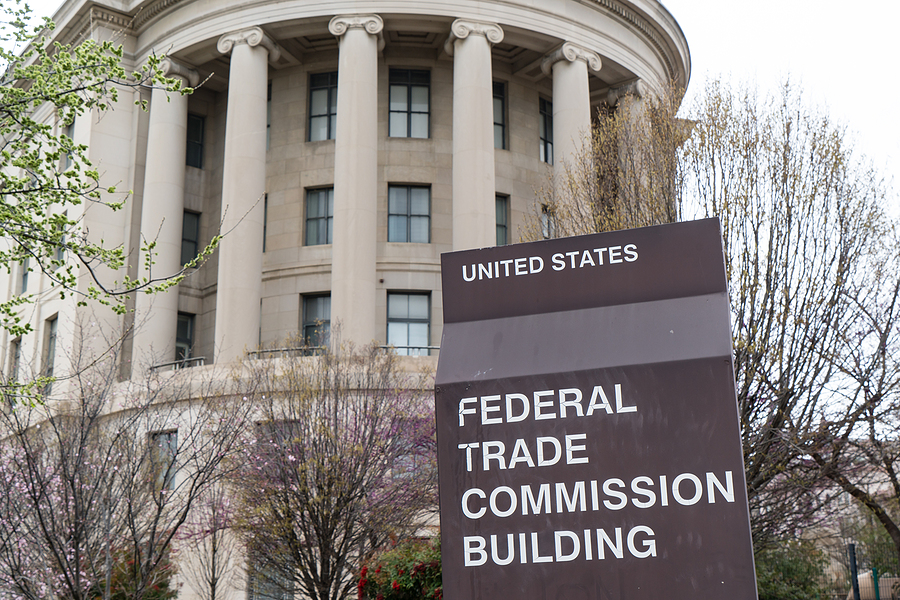
Spotify to Increase Premium Subscription Price by €1 in Major Markets to Boost ARPU
 Spotify announced on August 4, 2025, that it will increase the monthly price of its Premium Individual subscription from €10.99 to €11.99 (approximately USD 13.86) in select regions starting in September 2025. The markets affected include Europe, Latin America, Asia‑Pacific, South Asia, the Middle East, and Africa. The company said that subscribers in these regions will receive email notifications in the coming weeks.
Spotify announced on August 4, 2025, that it will increase the monthly price of its Premium Individual subscription from €10.99 to €11.99 (approximately USD 13.86) in select regions starting in September 2025. The markets affected include Europe, Latin America, Asia‑Pacific, South Asia, the Middle East, and Africa. The company said that subscribers in these regions will receive email notifications in the coming weeks.
This marks Spotify’s third round of price increases in as many years. The company has framed these hikes as part of a long-term strategy to improve operating margins and shift toward more sustainable unit economics.
The announcement follows the company’s Q2 2025 earnings report, which highlighted strong user growth but fell short on profit expectations due in part to higher personnel-related taxes. Spotify’s stock rose 3 to 5 percent in pre-market trading after the price increase was made public and has gained roughly 40 percent year-to-date.
The U.S. and Canada are not impacted by this latest increase, as those markets received separate pricing updates earlier in 2025.
INSIDER TAKE
Spotify’s sequence of price adjustments throughout late 2024 and 2025 demonstrates subscription price maturity: small, measured bumps, segmented deployments, tactical product-tier redefinition, and continuous churn monitoring. For subscription packaging teams, it underlines that careful price design and timing can unlock margin levers without sacrificing scale.
Strategic Shift to ARPU-First Pricing
Spotify’s move reflects a deliberate pivot from subscriber volume to value per user. After delivering its first full-year operating profit of €1.4 billion in 2024, the company now aims to protect that momentum through structurally higher ARPU and tighter margin control rather than aggressive user growth.
Earlier hikes in the Benelux region increased prices by 9 to 22 percent across tiers, acting as a “ladder pricing” strategy to test elasticity. More recent changes in the U.S., Canada, UK, Australia, and Pakistan signal a broader global deployment. Each wave is designed to generate incremental ARPU lift while minimizing churn risk through segmentation.
Margin Leverage vs. Churn Risk
Estimates suggest that a 1 percent rise in annual churn can reduce EBIT by approximately €120 million. This makes churn forecasting and elasticity modeling essential. While prior hikes caused short-term increases in cancelation searches, actual churn remained low in higher-income regions.
To mitigate risk, Spotify is introducing a new “Basic” tier priced at the previous rate but without audiobooks. This creates a fallback option for price-sensitive users while preserving upsell pathways.
Pricing Power and Industry Context
Spotify continues to demonstrate pricing power through disciplined execution. Its ARPU is rising steadily, and prior increases have not triggered significant subscriber losses. Executives should note the role that added product features—like audiobooks, podcasts, and AI-powered personalization—play in justifying higher prices.
Regulatory shifts, such as allowing in-app external payment links in the U.S., have also helped bolster conversions. Spotify leadership noted a “very positive uptick” in subscription sign-ups tied to those changes.
Implications for Subscription Executives
-
ARPU Optimization Is a Strategic Priority: As markets mature, maximizing value per user matters more than raw subscriber growth.
-
Regional Ladder Pricing Works: Controlled testing by region enables performance benchmarking before global rollouts.
-
Tiered Architecture Softens Churn Risk: Retaining a lower-priced tier without certain features can preserve customers and reduce cancelations.
-
Financial Modeling Discipline: Pricing changes must be modeled against EBIT impact and churn sensitivity to ensure profitability.





